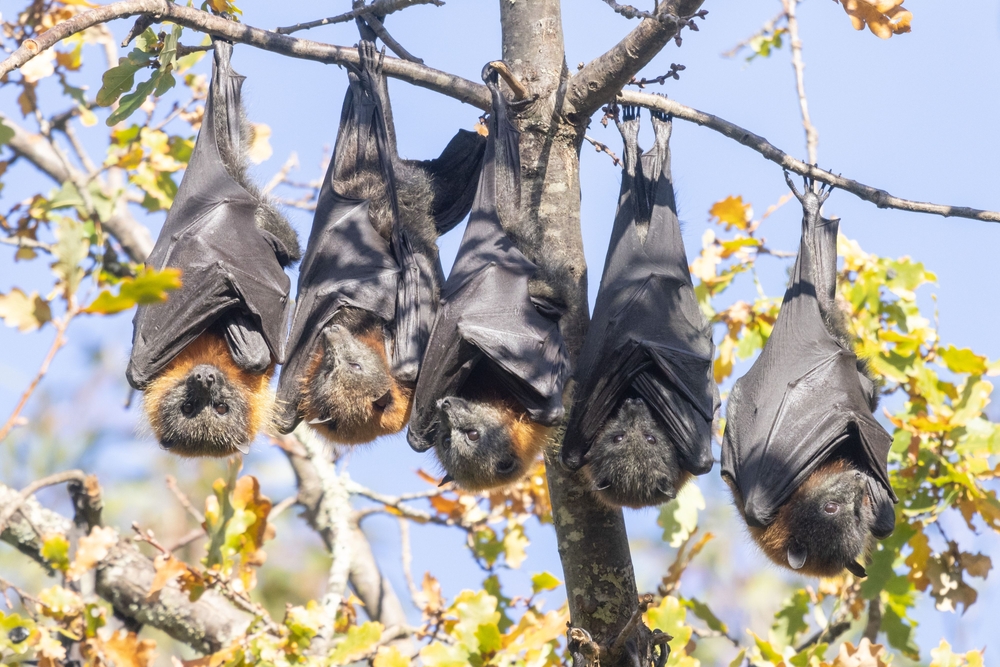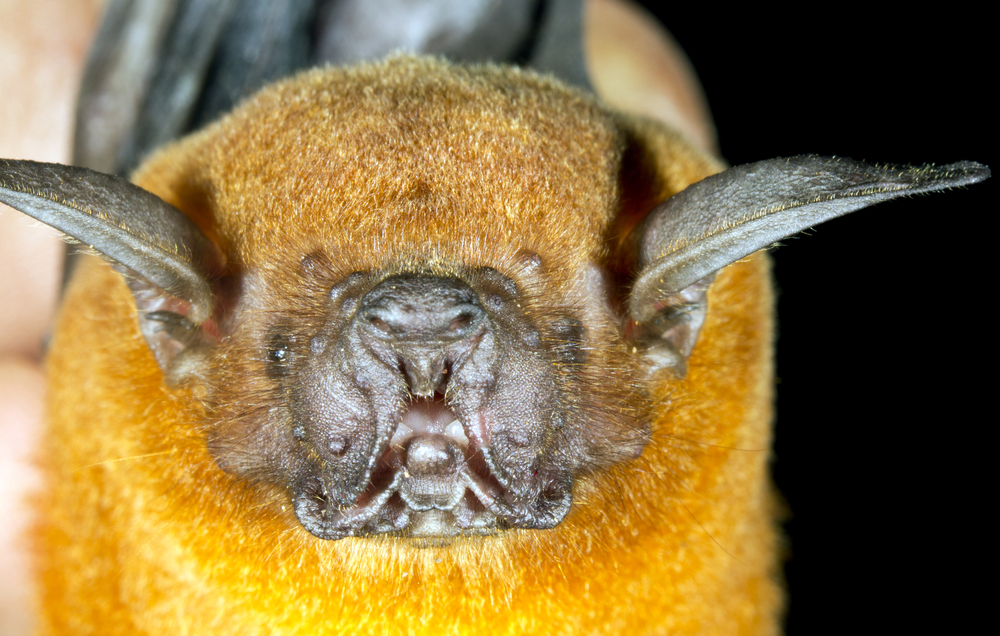About
#Mammals
The flying fox refers to several species of large fruit bats in the genus Pteropus, found throughout tropical and subtropical regions of Asia, Australia, East Africa, and the Pacific Islands. As members of the Pteropodidae family—commonly called megabats—flying foxes are among the largest bats in the world, with wingspans ranging from 1 to 1.7 meters (3 to 5.5 feet), depending on the species. Despite their name, flying foxes are not related to foxes; the name comes from their fox-like face and large eyes.
Unlike echolocating microbats, flying foxes rely on keen eyesight and a strong sense of smell to navigate and locate food. They are strictly frugivorous, feeding on fruit, nectar, pollen, and flowers—particularly figs and other native tropical fruits. In doing so, they play a vital ecological role as pollinators and seed dispersers in forest ecosystems.
Flying foxes are highly social and roost in large colonies called camps, sometimes numbering in the thousands. They hang upside down from tree branches during the day and take flight at dusk to forage, sometimes traveling up to 50 kilometers (30 miles) in a single night.
Several flying fox species are threatened due to habitat loss, hunting, and persecution from fruit farmers. Some are also vulnerable to climate-related heat stress, which can cause mass die-offs. Conservation efforts focus on habitat protection, public education, and legal protection in many regions.
As charismatic and ecologically critical animals, flying foxes are symbols of tropical biodiversity and a key part of healthy forest regeneration.
Threatened:
Extinct
Critically Endangered
Endangered
Vulnerable
Near Threatened
Least Concern




































































